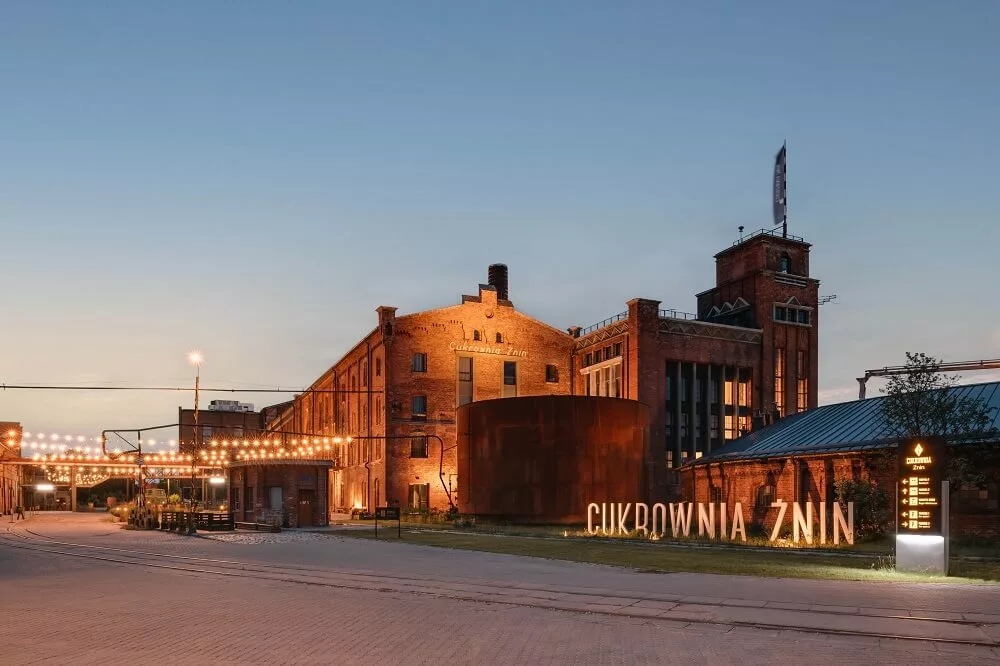
In Conversation with Marek Bulak of Bulak Projekt
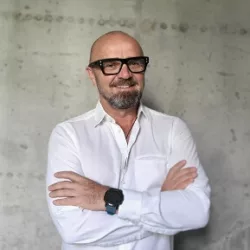
In this interview, Marek Bulak, the lead architect of the award-winning project ‘Sugar Factory Żnin’, discusses the challenges of transforming the old sugar factory into a modern complex that offers enjoyment to everyone.
About Bulak Projekt:
Bulak Projekt is a design firm that focuses on architecture, urban planning, and sustainable solutions. With a commitment to creating functional and aesthetically pleasing designs, Bulak Projekt aims to shape the environment in a way that enhances both the aesthetics and functionality of the spaces they create. Their projects reflect their dedication to incorporating the surrounding environment and delivering innovative design solutions.
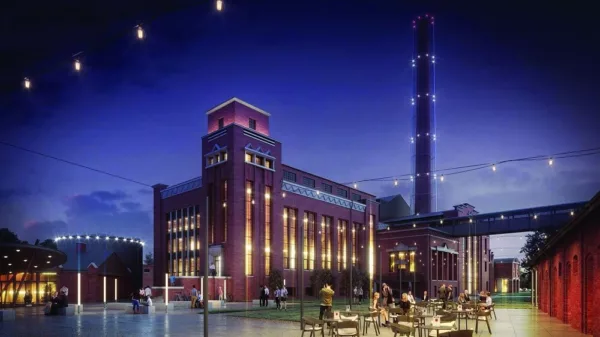
Interview with Marek Bulak:
-
What role do you believe architects play in shaping the environment, both in terms of aesthetics and function?
Marek Bulak: I believe that architects play one of the most crucial roles in shaping the environment, second only to the people and organizations managing growth funds and other environmental resources. As designers, we transform those funds into buildings, urban designs, and functional solutions, placing them within specific contexts. We give shape to those transformations and define their direction.
-
Could you discuss a particularly challenging project you’ve worked on and how you overcame the obstacles?
Marek Bulak: We have repeatedly encountered difficult design issues. There is one answer to how we dealt with them, and that is by creating the right team and form of cooperation. The focus was on finding solutions, the absence of fear in formulating unconventional ideas, and the appreciation of successful implementations.
For example, the issue of restoring water pressure in clay soil under a foundation located 10 meters below the level of a nearby river – the team of engineers was expanded to include experts from technical universities. Analyses and calculations were carried out, several hundred piles were used to anchor the building, preventing it from ‘floating’.
-
How do you balance the needs and desires of the client with your own design vision?
Marek Bulak: Simply put, in design competitions, the client is unknown. For collectively used buildings, the client is often averaged out, and they have no direct influence. Institutional clients usually only act as investors and do not claim any rights to architectural decisions. The individual client is very challenging as they are directly connected to the finances allocated for design and construction.
They are convinced that since they were able to earn money, they already know everything. In this case, it is necessary to build trust and understanding. This is often preceded by previous cooperation or long conversations that allow for the development of the investor’s conviction about the right choices.
Balancing the client’s and architect’s suggestions is not possible with the last type of client. In my opinion, their level of trust in their choices is unattainable by the architect during the time allotted for designing.

-
What advice would you give to young architects just starting out in their careers?
Marek Bulak: My recommendation for young architects is to find, or rather continuously search for, a role model or mentor to learn from. Analyzing the work of acclaimed architects can help them understand the thought process and design ideas of experienced professionals.
This approach can expand their architectural knowledge and build the self-esteem necessary for professional work.
After graduating, I suggest that young architects follow their ‘masters’ for about five years and forget about themselves during that time, focusing on gaining as much as possible from their role models.
-
How do you stay on top of trends with new technologies and techniques in architecture?
Marek Bulak: The access to information sources has changed significantly. It is impossible to keep up with all the novelties. One needs to learn to filter data, have trusted providers, and leave a margin for new channels. The oldest form of information flow, conversation with another designer, also works great.
-
Could you discuss a project that you feel best represents your design philosophy?
Marek Bulak: The project that is closest to my thinking about architecture is a museum of hunting, known as the “Hunting Manor” located near Siedlce in eastern Poland. The project features simplicity, a wide entrance, isolation from the surrounding area with a large exhibition space inside, and an open area for visitors that leads to the garden.
The rooms have diverse characteristics necessary for emphasizing the exhibition’s content, and there are unconventional material solutions in the wall cladding. The building also incorporates greenery on the walls and terrace, which further connects it to the garden.
-
How do you prioritize design considerations such as aesthetics, sustainability, and functionality in your projects?
Marek Bulak: The answer is simple, I prioritize design considerations such as aesthetics, sustainability, and functionality at each stage of the project, and use them to shape the development of the concept.
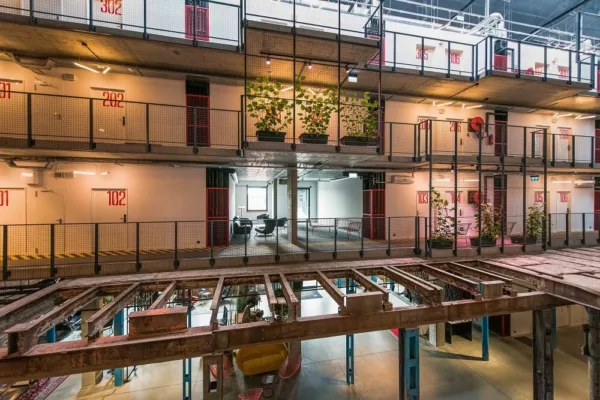
-
How do you incorporate the surrounding environment into your designs?
Marek Bulak: I prefer the ancient Greek way of shaping the architecture based on a sequence of openings and organized views. This includes entrances, windows, doors in buildings and their surroundings. In addition to greenery arranged on terraces, we also cover facades with plants.
We also work with the urban fabric of the city, sometimes connecting with it through squares and courtyards, and often isolating it from noise and pollution. The environment also includes old buildings with their history. By respecting it, we give them a chance to continue to actively participate in the lives of users.
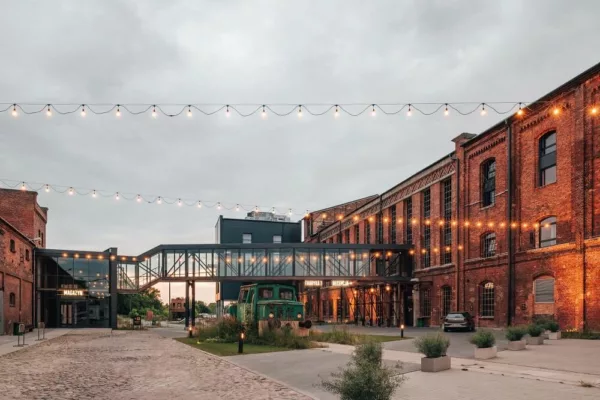
We extend our gratitude to Marek Bulak of Bulak Projekt for sharing his valuable insights on the role of architects in shaping the environment and balancing client needs with design vision.
Marek emphasizes the importance of building the right team and fostering cooperation to overcome challenges in complex projects. For young architects starting their careers, Marek advises finding mentors and learning from established professionals, while staying updated on new technologies and techniques through trusted sources and engaging in conversations with fellow designers.
Bulak Projekt’s design philosophy is exemplified in projects like the “Hunting Manor,” which prioritizes simplicity, functionality, and a connection to the surrounding environment. They incorporate openings, views, and greenery in their designs, respecting the urban fabric and preserving historical buildings.
Marek Bulak’s insightful words, “I embrace the passage of time, gaze upon the present with curiosity, and let it guide me into the future,” encapsulate his forward-thinking mindset. We deeply value Marek’s significant contribution, serving as a reminder of the profound influence architecture and design wield over our everyday experiences.